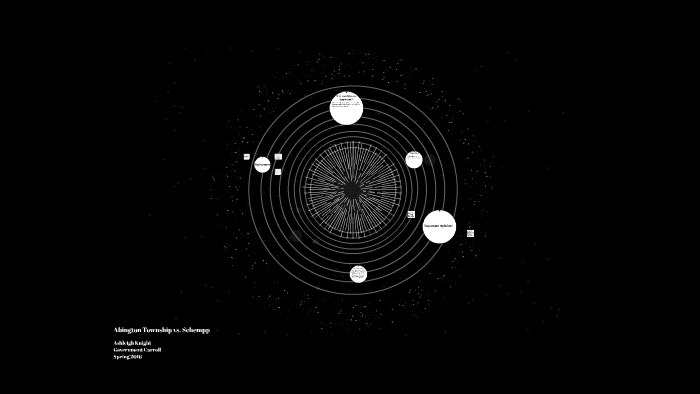

Clark in the Court’s Abington opinion noted that they were also bound by the establishment clause of the First Amendment, which forbids the recognition of one religion over others and government recognition of religion in general. Court ended devotional exercises in public schools based on First AmendmentĪcknowledging that Americans were religious, Justice Tom C. Vitale (1962) striking down public prayer in schools. The Schempp decision followed one year after the Court’s ruling in Engel v.

Madalyn Murray and her young son William, both atheists, had challenged a similar practice in Maryland, leading to the companion case Murray v. These practices had been challenged by the Schempps, Unitarians from Pennsylvania. 203 (1963), invalidated the reading of verses, without comment, from the Bible and the Lord’s Prayer in public school settings. The Supreme Court decision in Abington School District v. Used with permission from The Associated Press.) Schempp's civil disobedience in 1956 leading to the Supreme Court striking down devotional exercises in schools is the subject of a book "Ellery's Protest" by New York University law professor Stephen Solomon. Supreme Court case Abington School District v. Ellery Schempp, the student involved in the landmark 1963 U.S.


 0 kommentar(er)
0 kommentar(er)
